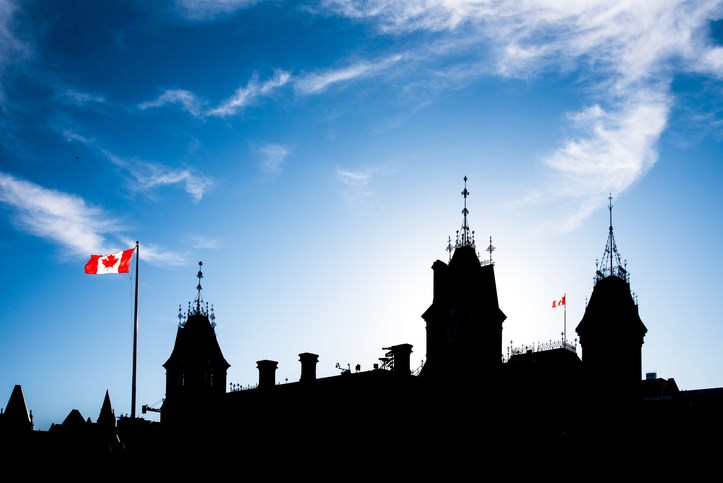Sometimes it’s what people don’t say that reveals the most. And the federal government’s failure to mention the deficit or debt in the Throne Speech is all too revealing for taxpayers worried about the erosion of Canada’s national finances.
For a government that is nearly doubling its entire pre-pandemic debt in six years, deficits should be a top priority. Prime Minister Justin Trudeau’s apathy towards reining in government borrowing reveals how his government got into this mess.
In 2014, Trudeau said “the budget will balance itself.” When he ran for prime minister in 2015, Trudeau said he would have a few “modest” deficits before returning to balance in 2019. He missed that target by $20 billion while his government added more than $100 billion to the debt between the end of 2015 and 2019.
Despite failing to balance the budget, the Throne Speech claims the government is “prudently managing spending.” But it’s tough to square that circle when the government’s inflation-adjusted per person spending was higher in 2018 – before the pandemic – than it was during any single year of World War II.
While the pandemic is partly to blame for the surge in borrowing, nearly two thirds of everything the government spent last year was not related to COVID-19, according to the Fraser Institute.
What’s most concerning is where the federal government’s finances are heading. That’s because the feds are using the cloud of COVID-19 to embark on a debt-fueled spending binge. Through budget 2021, Finance Minister Chrystia Freeland plans to increase permanent spending by more than $100 billion by 2026.
The Parliamentary Budget Officer’s data projects the feds running deficits until 2070. Interest charges on the debt would cost about $3.8 trillion over those five decades. That’s trillions of dollars that can’t hire more nurses or lower taxes because it’s going to the bond fund managers on Bay Street.
There is nothing technically stopping politicians from reining in spending and balancing the budget far before 2070. But Trudeau wants to continue borrowing. The Liberal Party promised to spend an extra $78 billion during the election. And the only time the budget was mentioned in the Throne Speech was to signal “increasing Canada’s foreign assistance budget each year.”
With the government already spending all-time highs, maybe it’s time to cut the waste flowing overseas before promising new money.
For example, Global Affair Canada dished out $8,800 for a sex-toy art show in Germany. Taxpayers also paid $15,799 so successful artist Lynn Johnston could show off her cartoons in America and nearly $10,000 so famous author Margaret Atwood could promote her book in Australia. The Kenyan company, M-Kopa, laid off 150 of its employees only two days after the federal government announced it was giving the business $12.8 million.
There’s also government waste at home.
Maybe former governors general don’t need a lifetime expense account to bill taxpayers $206,000 every year? Maybe members of Parliament didn’t need two pay raises during the pandemic? Why does Trudeau’s cabinet cost taxpayers $3 million more than it did in 2015?
When a government fails to do the little things right, taxpayers should worry about negligence on the big cost drivers. There were 312,825 federal government employees who received a pay raise while Canadians struggled through the pandemic. The feds continue to spend hundreds of millions on corporate welfare, including $295 million for the Ford Motor Company, up to $420 million for Algoma Steel and $440 million for aerospace companies. The equalization program has ballooned by about 1,500 per cent since its inception, even after accounting for inflation.
It’s time for Trudeau to stop turning a blind eye to his government’s overspending and start prioritizing deficit reduction.
Franco Terrazzano is the Federal Director of the Canadian Taxpayers Federation




